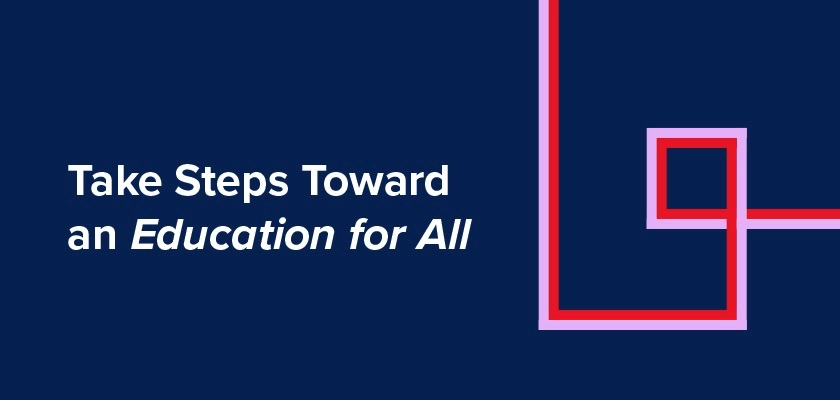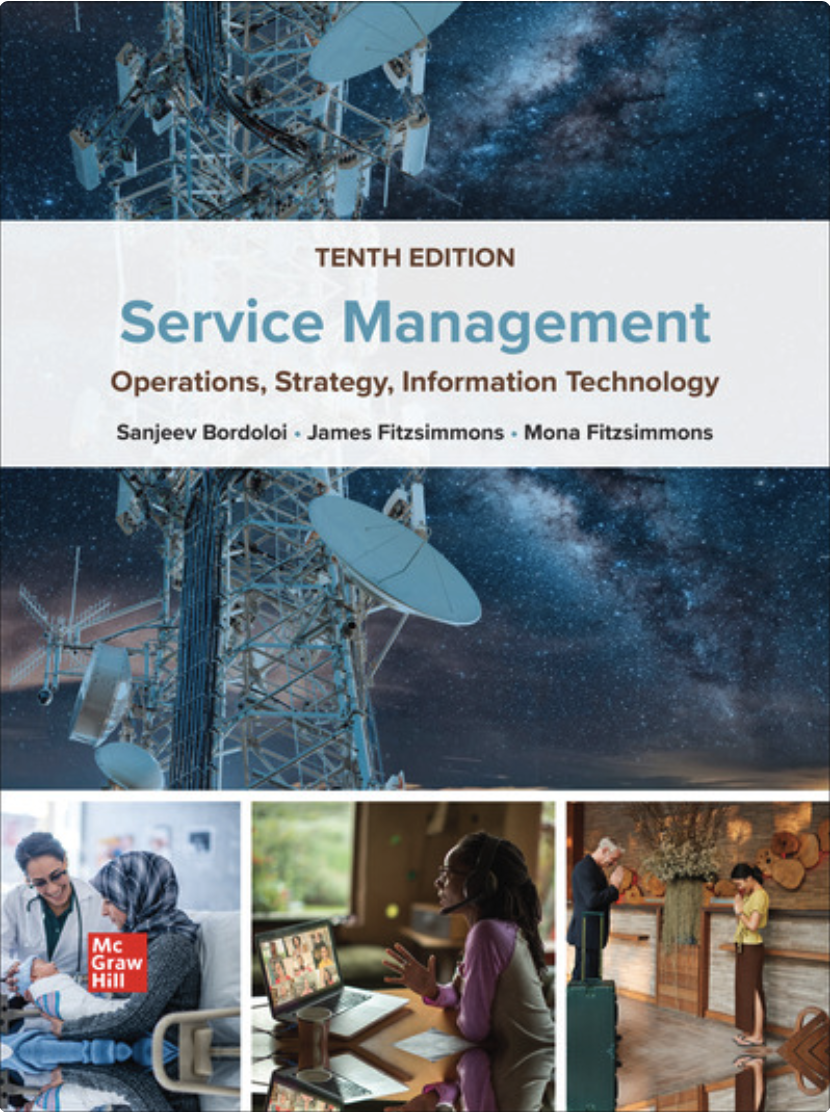Education for All: Instructors Share What It Means to Them

“Education for All” is an evolving concept within the world of higher education, one that can mean different things to different people. At McGraw Hill, we are working to better understand and align ourselves with its meaning, and to shape our course materials to fit the needs of institutions, instructors, and students as they strive to make education a more equitable experience for all.
To that end, we have launched several initiatives designed to unpack the meaning of Education for All, among them our recent white paper, Education for All: What It Takes to Get There. Another is this blog series in which we ask instructors and students to tell us in their own words what Education for All means to them.
Andrea Franckowiak, an instructor at Dyersburg State Community College, is our first featured respondent. Among the many salient points that she makes in answering the question, she describes her use of Inclusive Access (IA)* when preparing her classes. “I don’t design classes/programs without the use of IA…because the more diverse and inclusive the materials and activities, the better an instructor can connect with and help students successfully complete classes.”
Inclusive Access may need some definition here, too. It is a course material and affordability program, designed by institutions and guided by the Department of Education to deliver digital learning resources to students, at a significantly reduced cost, on or before the first day of class.
Inclusive Access has saved college students using McGraw Hill products an estimated $500 Million dollars since 2018.
Andrea's response:
The phrase “Education for All” means creating inclusive learning environments for my students. The goal is always to have students successfully complete my classes while supporting them on their academic path toward graduation. Helping students persist is imperative but also challenging as students face barriers, such as food and housing insecurity, physical and mental health challenges, and family/work-related issues.
To address and eliminate barriers that derail students from making progress, we need to build a sense of belonging for students by providing resources for both academic and social support. A sense of belonging in higher education is defined as the “psychological sense that one is a valued member of the college community” (Strayhorn, 2019, pp. 28–29). When students feel cared about, accepted, and respected, it creates the sensation of belonging and enables well-being and academic success (Strayhorn, 2019).
Both academic and social support services are critical to student success and persistence in the classroom and in online learning environments (Bailey & Brown, 2016). If we want students to achieve academic success early in their educational career, then we need to provide students with academic resources to do so. An Inclusive Access (IA) Program can provide such resources, offering study resources, practice materials, and other course content that is helpful to students’ academic pursuits.
I don’t teach classes without Connect software because the content and technology are affordable; the software also serves as an effective tool to help my students succeed. Likewise, I don’t design classes/programs without the use of IA for the same reasons, and because the more diverse and inclusive the materials and activities, the better an instructor can connect with and help students successfully complete classes. It is critical that we continue to create content for an IA Program, content that is accessible, affordable, diverse, and inclusive. It can be done.
For more information on Education for All, click here.



